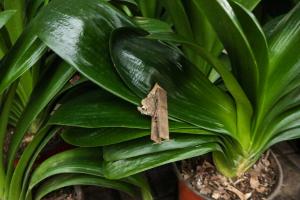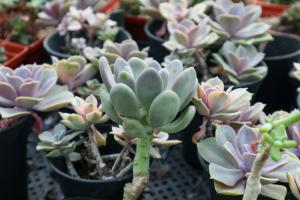Where In the World Are Tomato Plants Originally From
The love for tomatoes is an integral part of cuisine worldwide that tomatoes have managed to establish themselves as one of the most indispensable ingredients in many dishes. They are used in salsa, pizza, spaghetti sauce, and sandwiches, to name a few. But where did tomato plants come from?
Origins of Tomato Plants
Tomatoes originated in the western part of South America, specifically in the Andean region. The plants were first utilized by the Inca and Aztec civilizations. The Aztecs referred to the tomato plant as "xitomatl,” which means "plump thing with a navel" in the Nahuatl language.
When Europeans first came into contact with tomatoes, they were initially used only as ornamentals. They thought the fruits were poisonous because they belonged to the same family as the nightshade, which is indeed poisonous.
Introduction of Tomatoes to Europe
The Spanish explorers brought tomato plants from Mexico to Europe in the 1500s, but they were not well received in most parts of Europe. Rather than being consumed, tomatoes were grown as a garden decoration, like flowering plants. The French, for instance, adored the tomato plant and began growing them as a decorative plant called the "love apple."
It was not until the turn of the 18th century that the tomato's culinary usage grew widespread in Europe. The British were the slowest to adopt the tomato as a food item. It was not until 1820 that a cookbook written by William Kitchiner called "The Cook's Oracle" included tomato recipes. By then, the tomato had gained a reputation as an aphrodisiac.
Tomatoes in America
The colonists first began cultivating tomatoes in North America in the mid-1700s. During the earliest stages of cultivation, tomatoes were still thought to be toxic because of the lack of knowledge regarding tomato plant nutrition, which led to people's overwhelming suspicion of their consumption.
A popular theory suggests that the widespread acceptance of tomatoes might have resulted from the release of an article by Colonel Robert Gibbon Johnson in 1820, who publicly ate an entire basket of tomatoes on the courthouse stairs in Salem, New Jersey, in front of a crowd, to prove that they were indeed safe and not poisonous.
Final Thoughts
Today, tomatoes can be found in every supermarket, corner store, and farmers' market worldwide, and chefs anywhere will say they can't live without it. Who knew that the popularity of a little fruit, known as the tomato, would eventually stretch worldwide.
While tomato plant history is fascinating, it is hard to imagine what modern gastronomy would be without this little plump fruit with a navel.

 how many times do yo...
how many times do yo... how many planted tre...
how many planted tre... how many pine trees ...
how many pine trees ... how many pecan trees...
how many pecan trees... how many plants comp...
how many plants comp... how many plants can ...
how many plants can ... how many plants and ...
how many plants and ... how many pepper plan...
how many pepper plan...
































